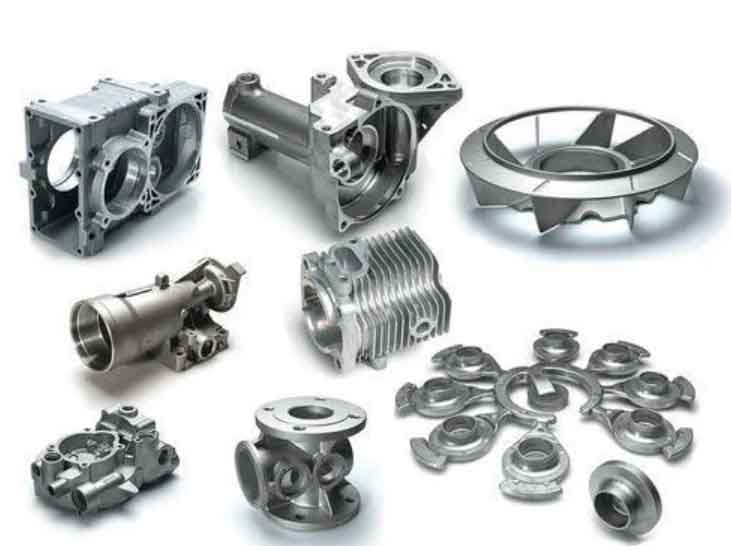
Heat treatment techniques can be employed to enhance the performance of grey cast iron by modifying its microstructure and mechanical properties. While grey cast iron is not as amenable to heat treatment as steel, some heat treatment processes can be applied to achieve specific improvements. The two common heat treatment techniques used for grey cast iron are:
- Annealing:
- Annealing involves heating the grey cast iron to a temperature below the eutectic temperature (around 900°C) and holding it at that temperature for a specific period before slow cooling. This process aims to relieve internal stresses and refine the microstructure.
- The annealing process can result in the transformation of some of the cementite into ferrite and graphite flakes, which increases the material’s machinability and ductility.
- Annealing can also improve the grey cast iron’s resistance to cracking during machining and make it more amenable to welding, but it may reduce hardness and wear resistance.
- Normalization:
- Normalization involves heating the grey cast iron to a temperature slightly above the eutectoid temperature (around 900-950°C) and then allowing it to cool in still air. The process is usually followed by tempering.
- Normalization refines the microstructure, resulting in a finer pearlite and more uniform distribution of graphite flakes. This can improve the material’s strength and ductility.
- Normalization is less common in grey cast iron compared to other materials due to its high risk of distortion and cracking during the heating and cooling process.
It’s important to note that the heat treatment of grey cast iron is limited due to its high carbon content and the presence of free graphite. The graphite flakes can act as crack initiators during heating and cooling processes, making some heat treatment techniques challenging or risky to apply.
Apart from heat treatment, other methods, such as alloying and inoculation, can also be employed during the casting process to influence the microstructure and properties of grey cast iron. Adding small amounts of alloying elements (e.g., nickel, chromium, molybdenum) can improve specific properties like corrosion resistance and strength. Inoculation with elements like cerium or magnesium can refine the graphite flakes and improve mechanical properties.
Ultimately, the choice of heat treatment or other modification techniques for grey cast iron depends on the specific application requirements and the desired improvements in performance. Engineers and metallurgists must carefully consider the effects of these processes on the material’s microstructure and mechanical properties to achieve the desired enhancements while minimizing the risk of undesirable effects.
